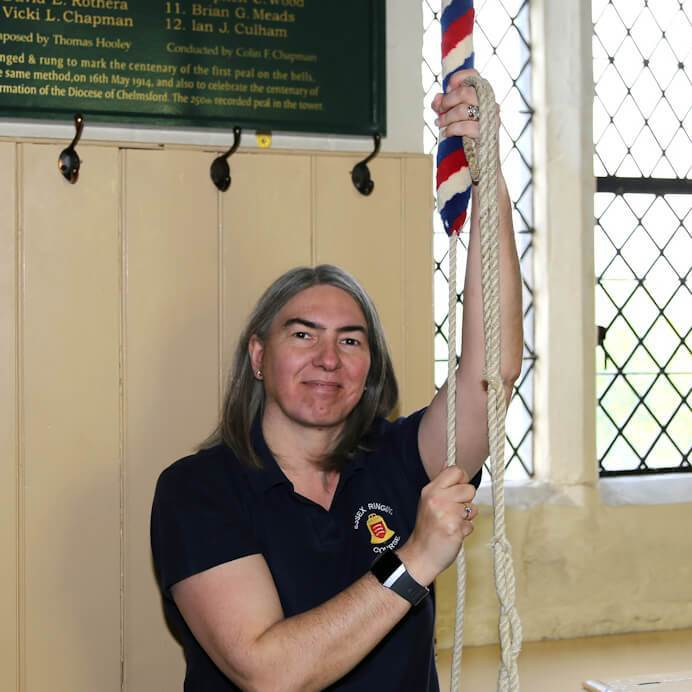Public relations vs marketing – the same thing, right?
The key thing to start off with is understanding the difference between PR and Marketing. There is a subtle difference between PR and Marketing. PR is often confused with marketing and although the two are related, they are very distinct activities. It's difficult to tell which comes first, PR or marketing? Most of what we tend to do is PR activities with a little bit of marketing thrown in.
Public Relations
Research
Understand your organisation and your audience.
What is it about your tower, district or Guild that you are trying to attract people to? Who are the people you want to target and how well does what you’re offering fit with their objectives? Think about Scouts and Guides. If you wanted to attract younger ringers and were looking at the uniformed organisations, how does it link in? Can they achieve a badge or recognition for volunteering or community engagement? How would you package ringing to fit them?
Strategic Planning
Define who your target audience is, depending on what you are aiming to achieve.
If you are looking to fundraise for a restoration project, who do you want to approach for grants and how does the project interrelate to their core activities or values? What message are you trying to convey?
Publicity
This is about getting visibility. If you want to hold an open day or “have a go” session, you need people to hear about it. This is the proactive placement of information. Be prepared to put in a lot of effort here and you may need different materials depending on your previously identified target audiences. Example: a local tower offered a 'have a go session' but only a couple of people turned up. When asked how they had publicised the event, they said they’d put a notice in the parish magazine. When asked what else they’d done, they said they’d put an A4 poster outside the church door. The tower is down a track, not on a main road and not in the centre of the town so they get no passing traffic. The amount of effort you put in here will determine the kind of response you get.
Stakeholder liaison
Depending on the kind of project you’re running, you need to engage community dignitaries, the Mayor, the local council, the church authorities, local businesses, schools, youth groups, the WI, contractors or investors for a restoration project. We need to engage with stakeholders like the Church and local government departments. Never forget that your own members are also stakeholders, so you need to keep loyalty and enthusiasm going to retain them.
Training
This may involve coaching someone to talk to a local interest group, or the media, or give a presentation.
Marketing
Product or service
This is about a tangible project and what it looks like, for example a leaflet about bell ringing that you might have as a takeaway from an event, or the service that you will provide e.g. ringing for a wedding or community event, or a regular Saturday morning bell handling or training event.
Price
This is what you charge. If you are going to run a training event, there may be costs associated with it such as hall hire costs, refreshments, the production of handouts etc, you may be offering the host of the event expenses. If you are going to run a regular Saturday ringing school, you might want to charge a nominal fee to ensure that people who sign up for it actually attend. In which case you need to put a realistic price tag on it to cover your costs.
Place
This refers to the channels of distribution. Where your product or service will be or take place.If you have produced a booklet about ringing, where are you going to sell it, on a bookstall or online? If you are holding a training event, how do you want people register to attend and where is it going to take place?
Promotion
This is the advertising, selling and of course where Public Relations links in.

Vicki Chapman, CCCBR PRO